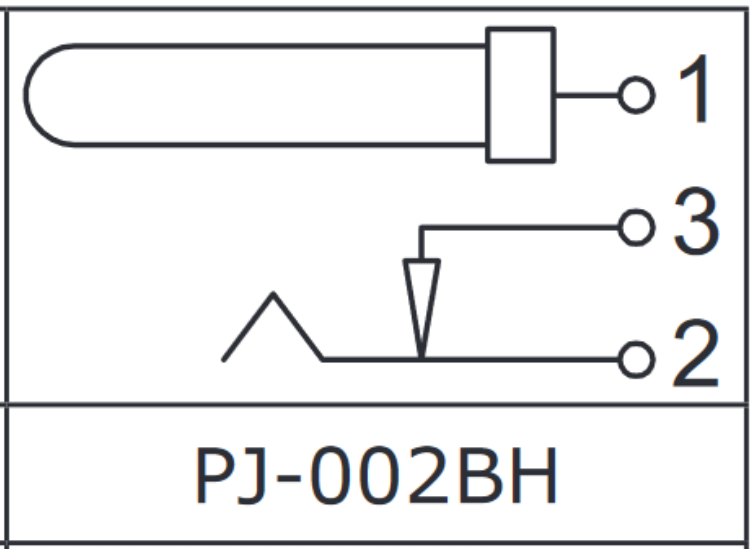I am in the process of designing a filter based upon the Korg CMP-1 / Yamaha CMP-1 Compressor Pedal, for use in my home built Analog Synthesizer.
In the schematic, attached to the battery pos terminal is a symbol I am not farmiliar with, and I have been unable to find any reference to this symbol. At first I thought it may be a simple heatsink, but now I am wondering if it is a symbol for an attached ''Reference Voltage'' electronics.
Has anyone have any knowledge of this symbol and what it refers to.
Thanks in advance for any assistance.
Lance.


